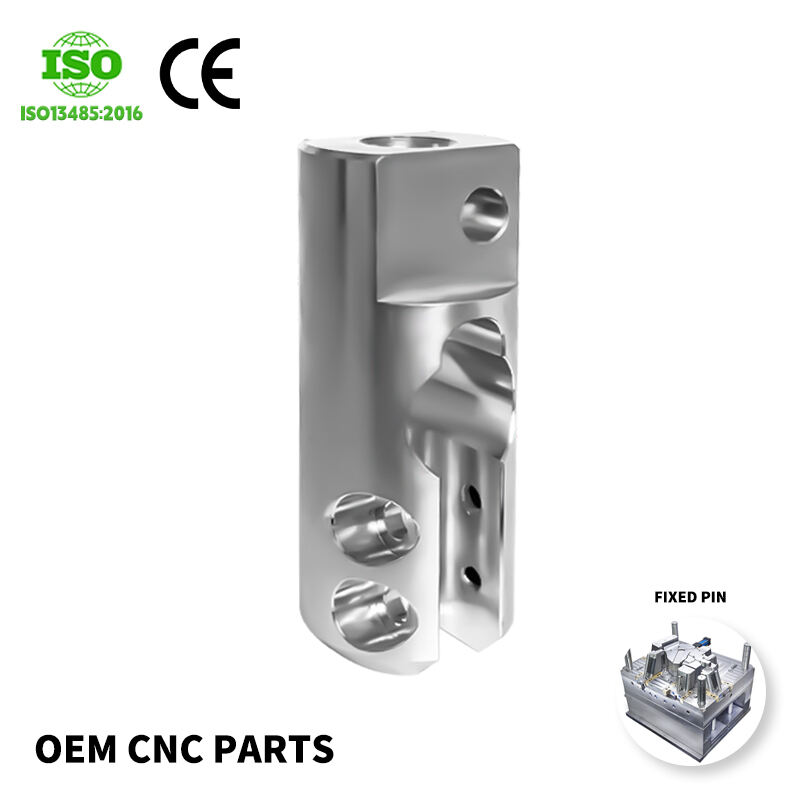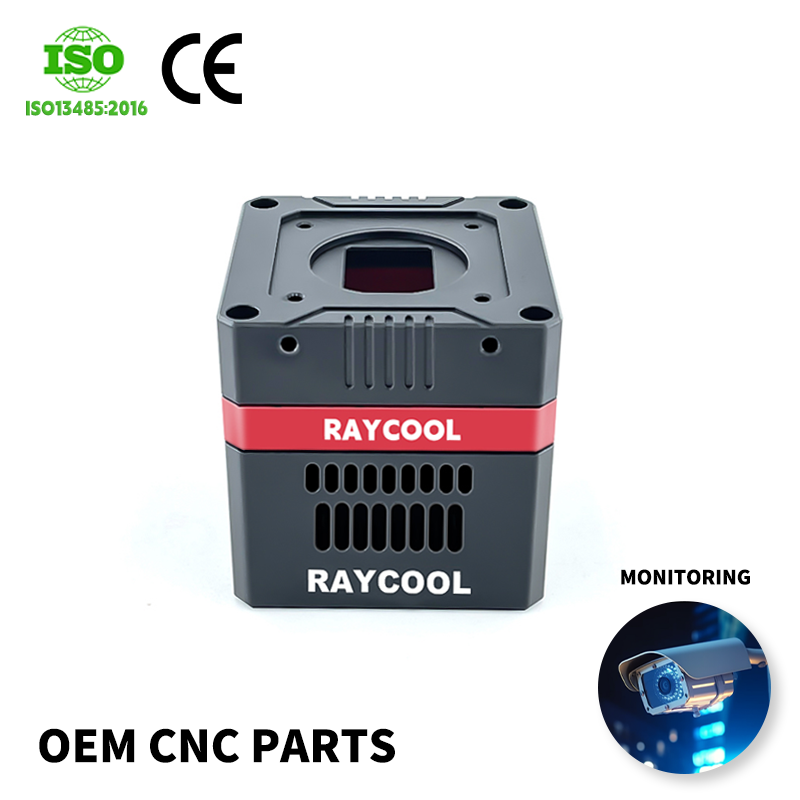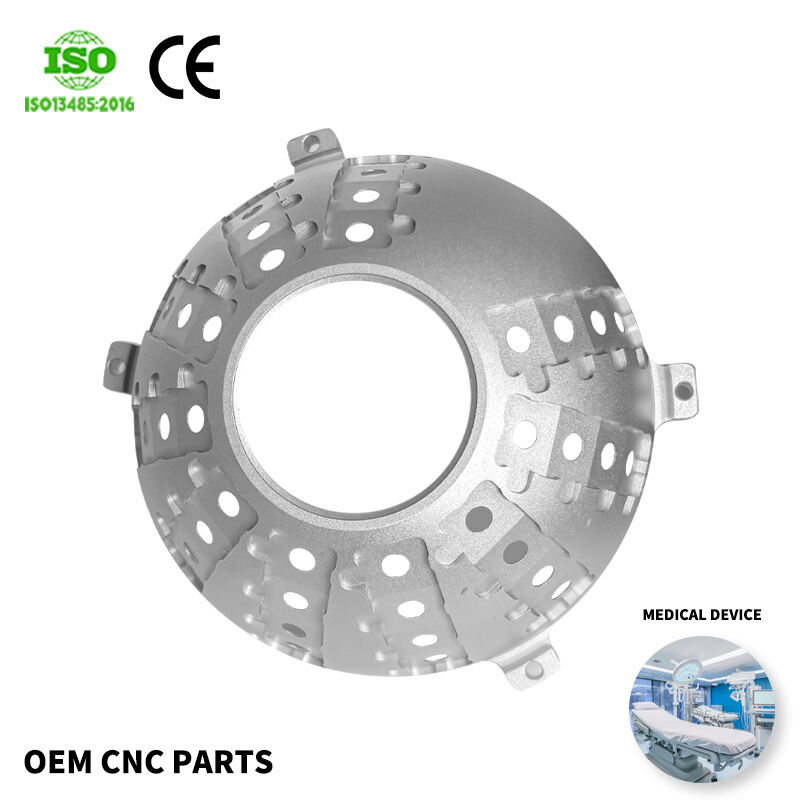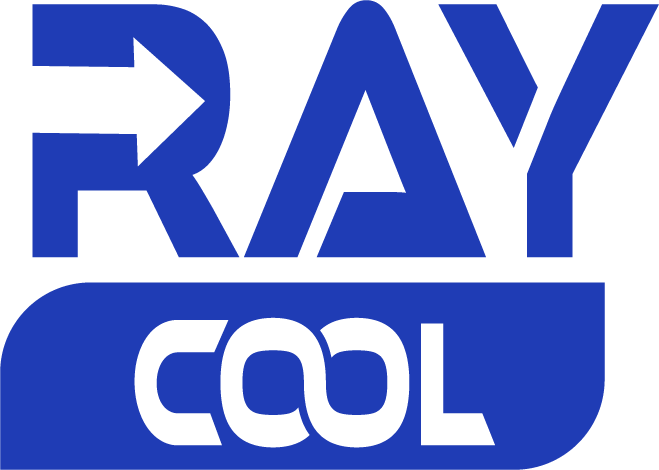mechanical parts of a robot
The mechanical parts of a robot represent the physical foundation of automated systems, comprising essential components that enable movement, manipulation, and interaction with the environment. These parts include actuators, which serve as the muscles of the robot, converting energy into mechanical motion through motors and hydraulic systems. The robot's structural framework consists of rigid links and joints, forming the skeletal system that supports movement and maintains stability. Mechanical end-effectors, such as grippers, hands, or specialized tools, allow robots to interact with objects and perform specific tasks. The transmission system, including gears, belts, and chains, transfers power and motion between components while ensuring precise control and efficiency. Sensors integrated into the mechanical structure provide crucial feedback about position, force, and environmental conditions, enabling adaptive responses and accurate operation. These components work in harmony with sophisticated control systems to execute programmed movements and tasks with remarkable precision and reliability. Modern robotics engineering has advanced to include lightweight materials, modular designs, and enhanced durability, making robots more versatile and capable of operating in diverse industrial and commercial applications, from manufacturing and assembly to healthcare and exploration.



